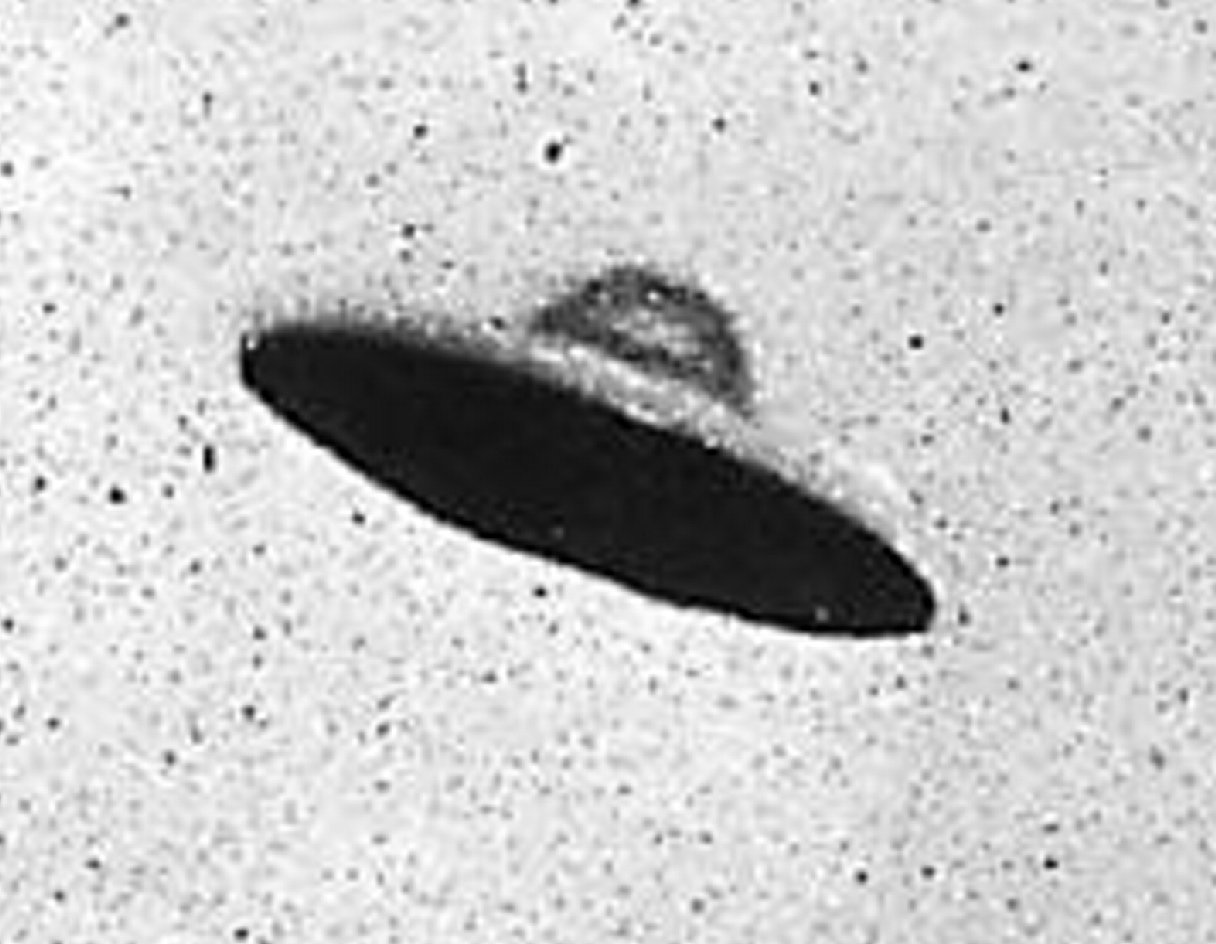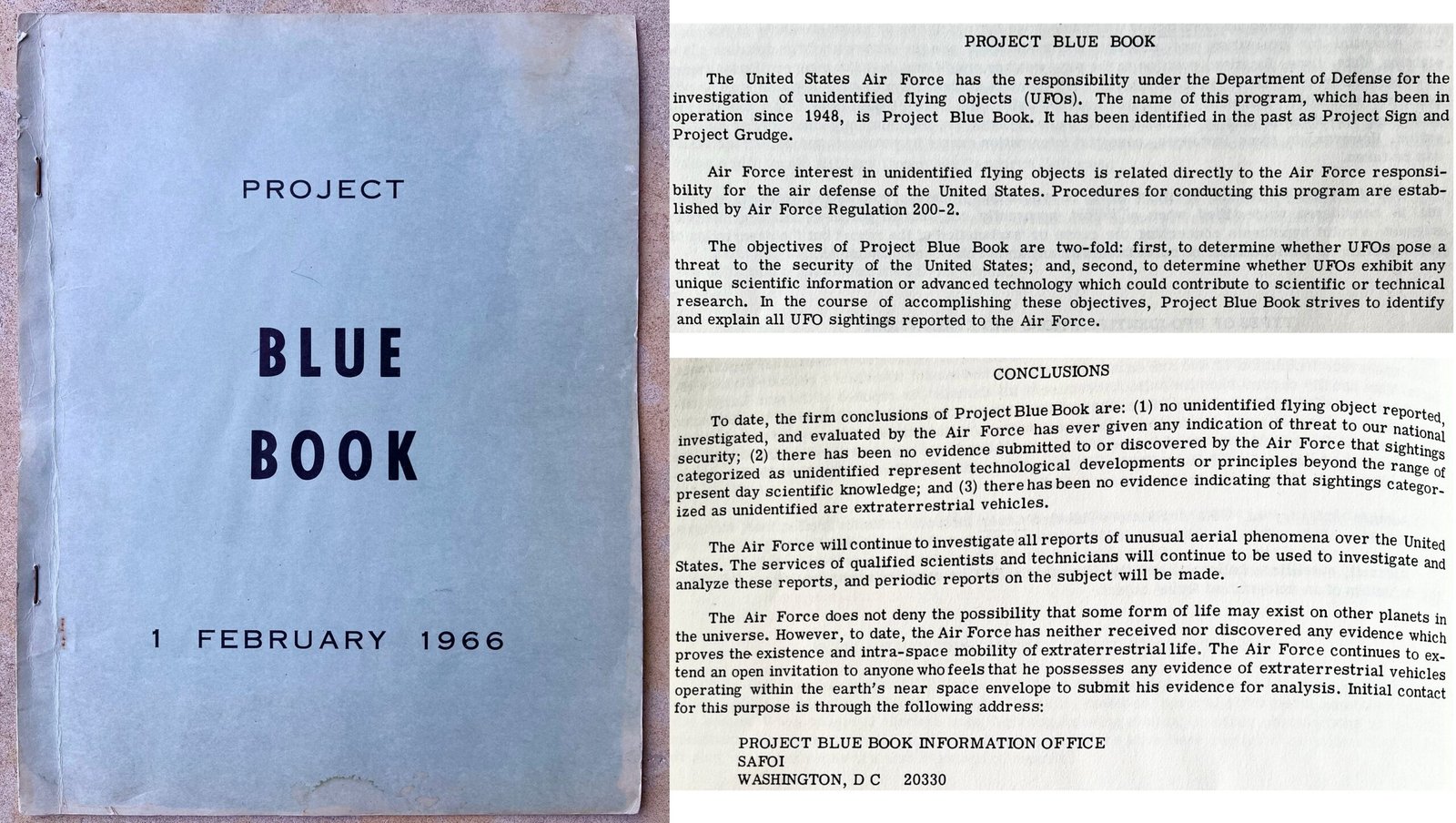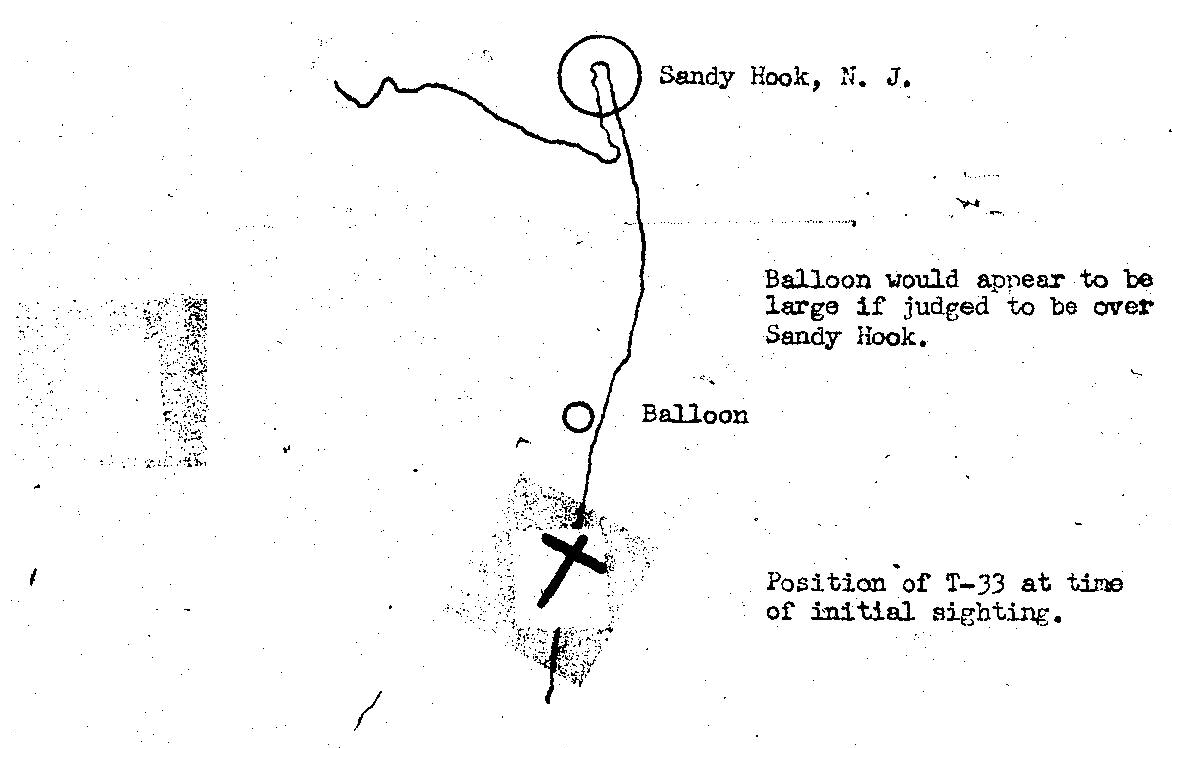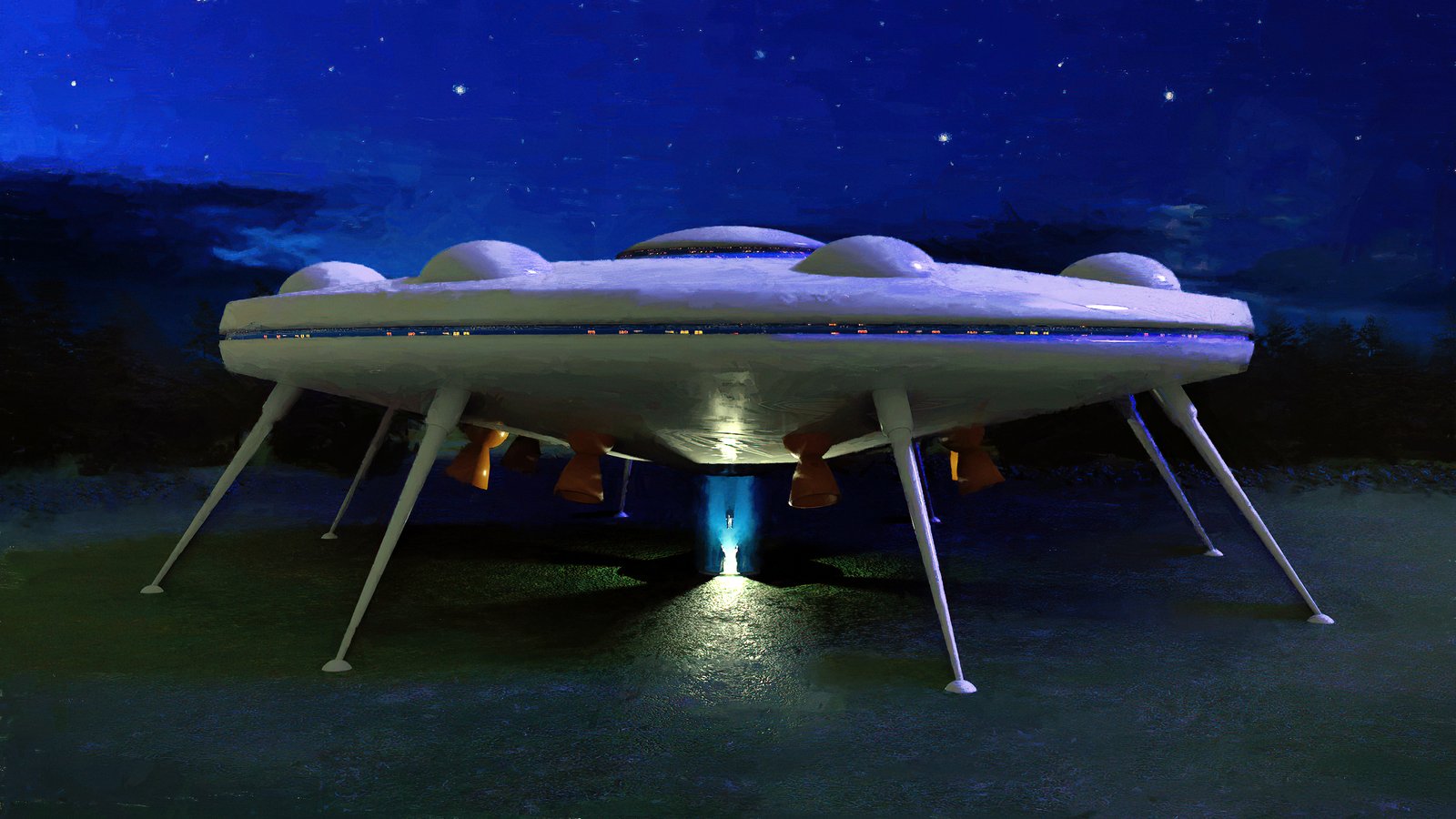A cold whisper crept across America in the mid-20th century, chilling not just the air but the very sense of reality. Flickering lights danced across the night sky. Baffled pilots reported impossible maneuvers, and everyday citizens found themselves peering upward, caught between wonder and fear. The U.S. Air Force, faced with a tidal wave of UFO sightings, was thrust into a mystery that seemed ripped from science fiction. This was no movie script—this was Project Blue Book, the real-life X-Files that sought to uncover the truth about what, or who, might be visiting our world.
The Birth of a Phenomenon

Project Blue Book didn’t just emerge out of thin air. In the years following World War II, unusual aerial sightings exploded across the United States. The infamous Roswell incident of 1947 set the stage, igniting both public fascination and anxiety. With the Cold War heating up and national security on everyone’s mind, the military could not ignore these unexplained encounters. So, in 1952, the Air Force officially launched Project Blue Book, determined to investigate the mysteries crowding America’s skies.
A Mission Shrouded in Secrecy

The very name “Project Blue Book” evokes a sense of mystery—a code name straight from a spy thriller. The Air Force’s mission was twofold: to determine if UFOs posed a threat to national security and to scientifically analyze UFO-related data. Yet, from the beginning, a fog of secrecy hung over the project. Files were locked away, and many findings were classified. The public, hungry for answers, was often left with more questions than clarity, fueling rumors and conspiracy theories that persist even today.
The Investigators: Scientists and Skeptics

Project Blue Book was not just staffed by military brass. Scientists, engineers, and civilian experts joined the ranks, bringing a critical eye to every report. One of the most famous investigators was Dr. J. Allen Hynek, an astronomer who would later become a leading figure in UFO research. At first skeptical, Hynek’s work with Blue Book transformed him into a passionate advocate for open inquiry. The project’s approach wasn’t about chasing aliens—it was about seeking truth, no matter where the evidence led.
The Sheer Volume of Sightings
By the time Project Blue Book closed in 1969, it had collected and analyzed over 12,000 UFO reports. These ranged from fleeting lights to close encounters described with haunting detail. Sightings poured in from rural farmers, airline pilots, police officers, and even military personnel. Each report was meticulously logged and examined, with investigators looking for patterns and possible explanations. The sheer diversity of cases underscored just how widespread and persistent the phenomenon had become.
Explaining the Unexplainable

For most sightings, Project Blue Book investigators found rational explanations—weather balloons, atmospheric phenomena, birds, and even secret military aircraft. Yet, a stubborn minority of cases defied all logic. These “unidentified” cases, often supported by credible witnesses or radar evidence, remained unresolved. The very existence of these unexplained incidents gave rise to endless speculation. Could something beyond our understanding truly be out there?
The Psychological Impact on the Public
Project Blue Book didn’t just shape military policy—it left a profound mark on the American psyche. People became obsessed with the idea of extraterrestrial visitors. Movies and television shows, from “The Day the Earth Stood Still” to “The X-Files,” reflected and amplified public fascination. Fear, curiosity, and hope mingled in equal measure, creating a cultural phenomenon that endures to this day. The project’s findings, or lack thereof, only deepened the mystery.
Controversy and Criticism
Not everyone was satisfied with the Air Force’s conclusions. Many critics accused Project Blue Book of debunking UFO sightings too quickly or downplaying genuinely strange events. Some whistleblowers claimed that important evidence was ignored or suppressed. The tension between open scientific inquiry and government secrecy fueled a storm of debate among researchers, skeptics, and believers alike.
The End of Project Blue Book
In 1969, after nearly two decades, Project Blue Book was abruptly shut down. The Air Force declared that no UFOs investigated ever posed a threat to national security, nor was there evidence of extraterrestrial technology. Officially, the case was closed. But for many, the timing of the closure—amid ongoing sightings and public interest—only deepened suspicions. Had the Air Force really solved the riddle, or simply chosen to stop looking?
The Legacy Lives On
Although Project Blue Book ended, its legacy is undeniable. The project’s vast archive of reports remains a treasure trove for scientists and UFO enthusiasts alike. The term “UFO” itself entered the mainstream, and the project’s spirit of investigation inspired countless others to keep searching for answers. Decades later, new government programs have quietly emerged, and the question “Are we alone?” still echoes across the globe.
The Human Drive to Know
At its core, Project Blue Book is not just a story about flying saucers or government secrets. It’s a testament to humanity’s insatiable curiosity and our relentless drive to uncover the unknown. Whether the truth lies in the stars or simply in our own imagination, the quest to understand the mysteries above continues to unite and fascinate us. The sky is still full of questions—do you find yourself looking up, wondering what might be out there?



